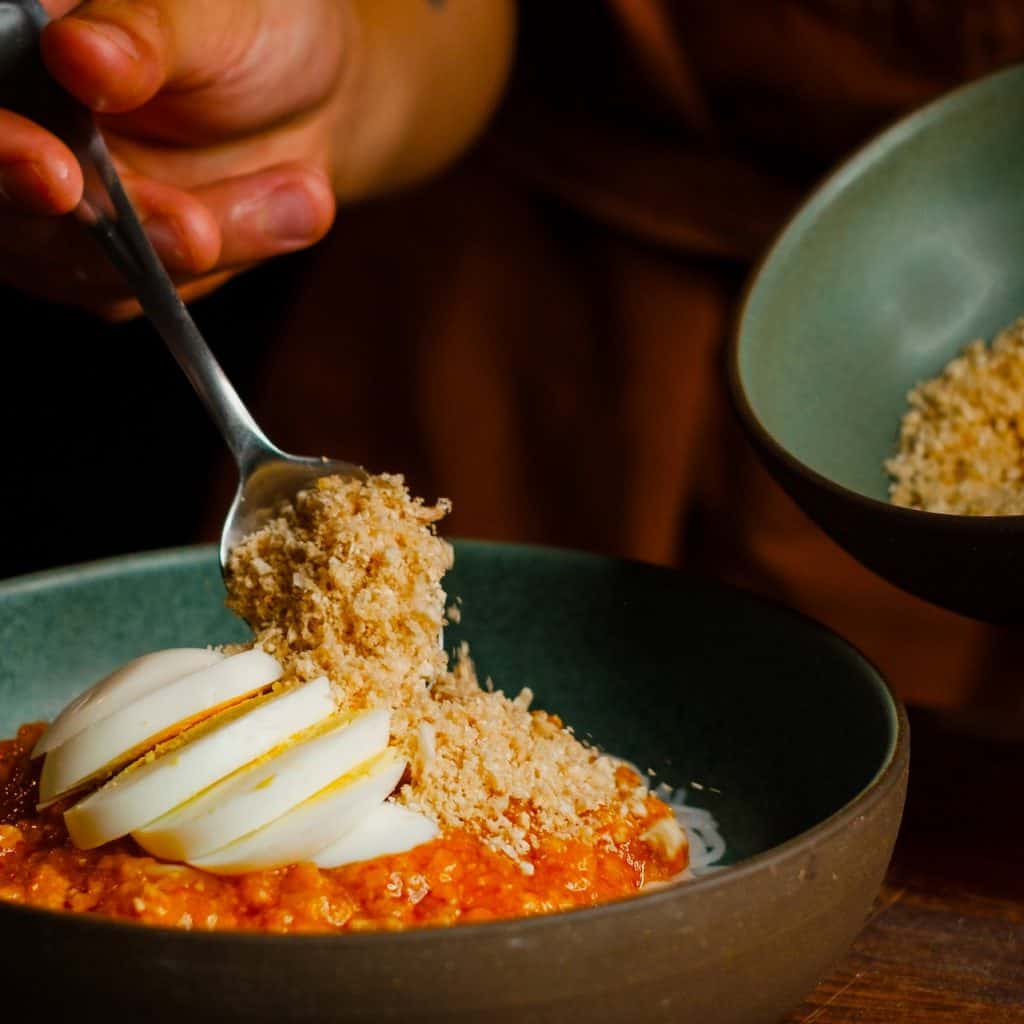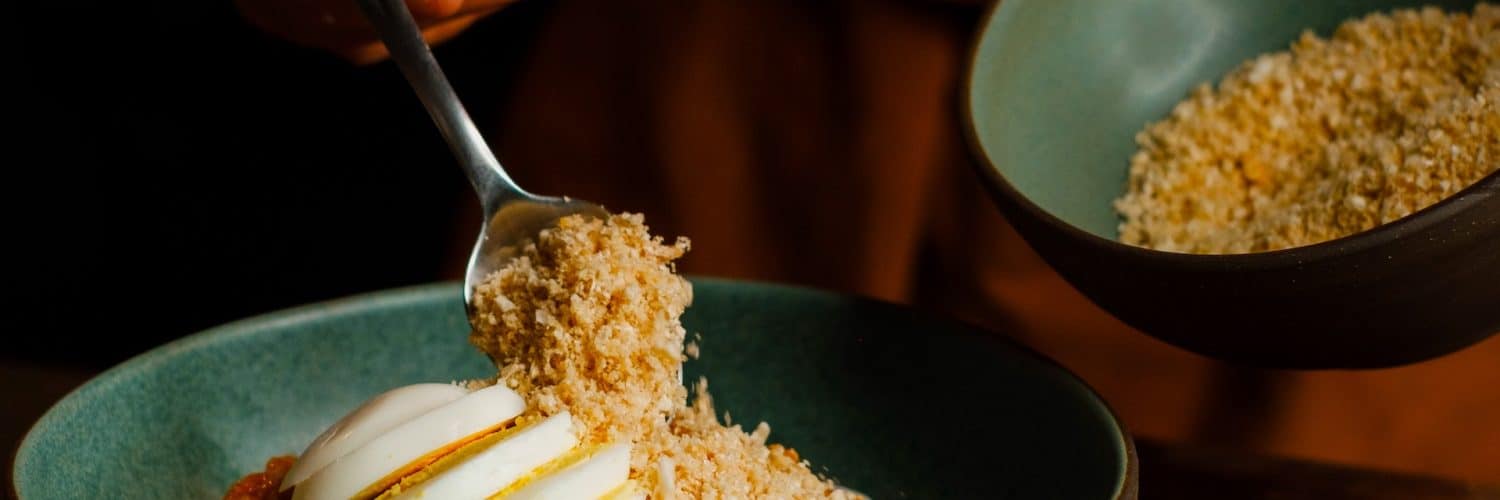The Philippines is rich in history, culture, and of course, delectable cuisine. Filipino dishes, while influenced by Spanish, Chinese, Malay, and American traditions, maintain their own unique identity. As any seasoned traveler will tell you, part of understanding a nation’s culture is indulging in its food. Here, we explore 10 of the best foods that the Philippines has to offer. Every bite promises an experience that is as memorable as the islands themselves.
10 Best Foods in the Philippines
- Adobo
- Sinigang
- Lechon
- Halo-Halo
- Kare-Kare
- Pancit
- Puto
- Bicol Express
- Balut
- Sisig

1. Adobo
Adobo is perhaps the most iconic dish in the Philippines. Deeply rooted in Filipino history, its name originates from the Spanish word “adobar” meaning “to marinate.” Typically made with chicken or pork, the meat is marinated in a mixture of vinegar, soy sauce, garlic, bay leaves, and black peppercorns. It’s then browned and simmered until tender. The result is a flavorful, savory dish with a hint of tanginess. Paired with steamed rice, adobo is comfort food at its best, reminding Filipinos of home-cooked meals from their childhood.
Every Filipino family boasts its own version of adobo, making it a dish as diverse as the islands themselves. Some might add potatoes or hard-boiled eggs, while others might prefer a drier version, frying the meat after it’s been braised. Whether you like it saucy or dry, spicy or mild, there’s an adobo out there for every palate.
2. Sinigang
Sinigang, a sour soup or stew, is a testament to the Filipino palate’s love for contrasting flavors. Tamarind is usually the star ingredient, giving the broth its characteristic tang. However, other souring agents like green mangoes, calamansi, or green tomatoes can be used. The stew can feature various proteins, such as pork, beef, shrimp, or fish. Paired with vegetables like radish, eggplant, water spinach (kangkong), and string beans, sinigang is a refreshing dish that’s both hearty and comforting.
What sets sinigang apart from other soups is its perfect balance of sourness, making it a favorite especially during the rainy season. As you cradle a bowl, the warmth and tanginess envelop you, providing solace on a cold day.
3. Lechon
A Filipino celebration is incomplete without lechon, a whole roasted pig that’s crispy on the outside and succulent on the inside. The pig is usually stuffed with herbs and spices, then roasted over an open flame for several hours. The result is a magnificent centerpiece for any feast. Regions like Cebu and Davao have their own variations, with Cebu’s lechon being particularly famous for its aromatic and flavorful meat.
The joy of eating lechon isn’t just in the meat itself. The skin, golden and crackling, is a treat many look forward to. Served with a side of liver-based sauce or just a sprinkle of sea salt, lechon is the epitome of Filipino celebratory cuisine.
4. Halo-Halo
Halo-halo, which translates to “mix-mix,” is a colorful and sweet dessert perfect for the tropical heat of the Philippines. In a tall glass, layers of sweetened fruits and beans (like jackfruit, sweet potato, and red beans), shaved ice, and leche flan are assembled. A scoop of ube (purple yam) ice cream and a drizzle of evaporated milk top off this delightful concoction. The fun begins as you mix all the ingredients together, creating a medley of textures and flavors.
Halo-halo is not only a testament to the Filipino’s creativity in desserts but also a representation of the country’s diverse cultural influences. Each layer tells a story, making each spoonful a journey in itself.
5. Kare-Kare
Kare-kare is a rich peanut stew, often made with oxtail, tripes, or pork. Its thick sauce is made from ground peanuts and toasted rice, giving it a nutty and slightly sweet flavor. Traditionally, kare-kare is paired with fermented shrimp paste (bagoong) to add a salty contrast. Vegetables like eggplant, string beans, and banana blossoms are also incorporated, adding depth to the dish.
Originating from the culinary-rich province of Pampanga, kare-kare is a dish that demands time and patience. Its unique flavor profile is a delightful surprise for first-timers and a beloved memory for those who grew up with it.
6. Pancit
Pancit, or Filipino noodles, is a symbol of long life in Filipino culture. From birthdays to family gatherings, pancit often graces the dining table. There are numerous varieties, each with its own characteristics. Pancit Malabon, for instance, is characterized by its thick noodles and shrimp-based sauce, while Pancit Canton is akin to chow mein, stir-fried and bursting with flavors.
Despite the differences in preparation and ingredients, all pancit dishes share the Filipinos’ love for communal eating. A plate of pancit is more than just a dish; it’s a bridge that connects families and friends.
7. Puto
Puto is a Filipino steamed rice cake, often enjoyed as a snack or paired with savory dishes like dinuguan (pork blood stew). Soft, fluffy, and slightly sweet, puto can be topped with cheese, salted egg, or even meat. Its simplicity belies its significance in Filipino culture, as it’s present in almost all celebrations.
Over the years, many variations of puto have emerged. There’s puto bumbong, a purple-hued rice cake steamed in bamboo tubes and typically enjoyed during the Christmas season. The versatility of puto demonstrates the Filipino’s ability to adapt and innovate, while still preserving tradition.
8. Bicol Express
Named after the train service that runs between Manila and the Bicol region, Bicol Express is a spicy dish made with pork, shrimp, or fish cooked in coconut milk and chili peppers. The creamy richness of the coconut milk is perfectly balanced by the heat from the chilies. This dish is a testament to the Bicolanos’ love for spicy food and their abundant coconut production.
Bicol Express is not for the faint of heart. Its fiery kick can be intense, but it’s this boldness that has endeared it to many, making it a must-try for those seeking a taste adventure.
9. Balut
For the adventurous eater, balut is a Filipino delicacy that’s both a challenge and a rite of passage. It’s a fertilized duck egg with a partially developed embryo inside, boiled and eaten straight from the shell. Often enjoyed with a pinch of salt or a splash of vinegar, balut is a popular street food, especially at night.
While the idea of eating balut may seem daunting to some, many Filipinos relish its rich, savory flavor. Beyond the taste, balut is also believed to have aphrodisiac properties and is rich in protein.
10. Sisig
Last but certainly not least, sisig is a sizzling dish that has captured the hearts of many, both locals and tourists alike. Originating from Pampanga, it’s made from chopped pig’s head and liver, seasoned with calamansi (Filipino lime), onions, and chili peppers. Served on a hot plate, sisig sizzles and crackles, filling the air with its irresistible aroma.
What’s wonderful about sisig is its transformation from being a humble dish made from discarded pig parts to a beloved Filipino favorite. Its mix of textures—crunchy, chewy, and tender—paired with its savory and slightly tangy flavor makes it a perfect pairing with an ice-cold beer.
The Philippines, with its myriad of flavors, offers a culinary experience that is as diverse and vibrant as its culture. From the comforting tang of sinigang to the fiery kick of Bicol Express, Filipino cuisine invites you to take a bite, savor, and come back for more. Whether you’re dining in a humble streetside eatery or a fancy restaurant, the warmth and hospitality of the Filipinos, combined with their delicious dishes, promise a gastronomic journey you won’t forget.


















Add comment